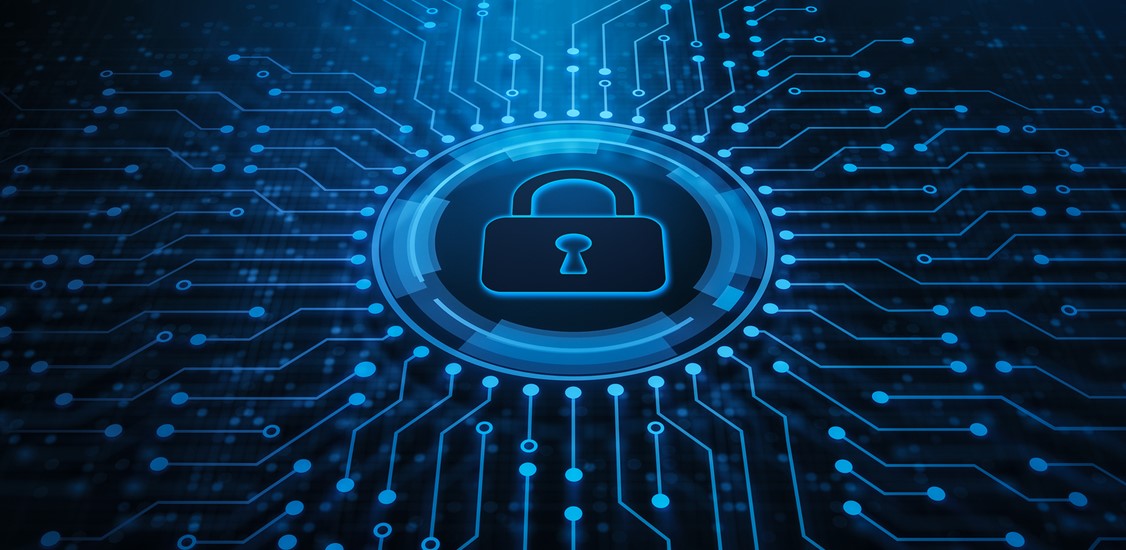As a security executive for several decades, one thing is clear... the proliferation and ubiquity of technology requires a laser focus on safeguarding systems and the valuable information contained within them.
Today, the Internet and mobility provide an array of useful services and convenience across every industry and business model. We can easily communicate, send and receive payments, share files, and access systems with a few strokes or swipes from an array of devices. However, with convenience and accessibility, there is also vulnerability and the potential for systems to be compromised without the right security infrastructure and protocol.
Cybersecurity is a powerful business differentiator for service providers that prioritize it. Implementing robust methodologies and procedures -- during development and production -- provides the opportunity to demonstrate to customers and partners that their sensitive data and assets are well-protected.
A cybersecurity program can instill greater confidence and trust, which can be a key business differentiator, leading to increased revenue and reduced customer turnover. In addition to mitigating the risk of costly data breaches and reputational damage, which can significantly impact the bottom line, a strong cybersecurity posture allows service providers to protect their intellectual property, and further differentiate themselves in the marketplace.
As technology evolves, new security measures and protocols must be adjusted. From a service provider’s perspective, the start of an effective cybersecurity program must begin during the development and production phases of mobile services, products, and cloud offerings. The following best practices offer a snapshot of how to ensure business-critical data and customer information can be protected.
Build-in cybersecurity
Implementing cybersecurity early in the development lifecycle is critical for organizations to increase code quality, data protection, and market velocity. By incorporating security considerations and best practices during the design and development phase, vulnerabilities can be identified and mitigated before they pose a risk. This helps providers avoid costly rework and delays later in the process.
Additionally, implementing security early in the development lifecycle can ensure service providers comply with industry regulations and standards, which can be more difficult and expensive to address after the fact. Involving the security team at the start of a development process will provide visibility and instill ownership of cybersecurity procedures.
Secure internal processes
Enterprise security is a critical component of any organization, especially in the post-pandemic environment in which we operate today. Remote and hybrid work environments require new thinking on how to ensure security best practices.
Service providers must invest in innovative technologies to ensure teams can access cloud applications and customer data without compromising security. New technologies, such as SaSe (or Zero Trust), Cloud Security Posture Management (CSPM), and Identity and Cloud Workload Protection Platforms (CWPP), can significantly improve data protection. With these technologies and regulations in place, service providers can benefit from:
- Improved security: A Zero Trust approach helps to reduce the risk of cyberattacks by requiring multiple layers of verification and validation before granting access to sensitive information. This makes it much more difficult for attackers to gain access to sensitive systems and data.
- Better risk management: Requiring all access attempts to be verified and validated enables service providers to make informed decisions about their security and implement the necessary controls to mitigate risks.
- Increased compliance: Many regulations, such as the General Data Protection Regulation (GDPR) and the Payment Card Industry Data Security Standard (PCI DSS), require operators to implement strict security controls to protect sensitive information. Emerging technologies can help operators comply with these regulations by implementing multiple layers of security.
- Reduced downtime: Requiring all access attempts to be verified and validated helps companies reduce the risk of security incidents, such as data breaches, that can disrupt business operations. This can help to improve productivity and minimize downtime.
Achieve security certifications
Demonstrating compliance with industry regulations and standards such as HIPAA, SOC2, and GDPR can open new market opportunities and increase trust from customers and partners. SOC 2 Type 2 and ISO 27001 certifications, for example, assure the security and privacy of a company's information systems, enabling providers to further protect their customer's sensitive data. This gives customers greater peace of mind, among other benefits:
- Improved security: SOC 2 Type 2 and ISO 27001 certifications require strong security controls to be implemented, including physical, technical, and administrative measures, to protect information systems. This helps to reduce the risk of data breaches and other security incidents.
- Increased customer loyalty: SOC 2 Type 2 or ISO 27001 certifications enable providers to build trust with their customers. Customers are more likely to do business with providers that take the necessary steps to protect their sensitive information.
- Compliance with regulations: Many industries have specific regulations regarding the protection of sensitive information, such as HIPAA for the healthcare industry or PCI DSS for the payment card industry. SOC 2 Type 2 and ISO 27001 certifications can help providers demonstrate compliance with these regulations.
- Improved risk management: The certification process requires providers to assess their security risks and implement controls to mitigate them.
- Differentiation from competitors: SOC 2 Type 2 or ISO 27001 certifications enable providers to differentiate themselves from their competitors by demonstrating their commitment to security and privacy.
Overall, security certifications, compliance regulations, and built-in cybersecurity measures can all help providers establish and maintain a secure and privacy-sensitive environment for customer data. Additionally, adopting new technologies and cloud services that meet these stringent security requirements will strengthen any organization’s cybersecurity program and in turn improve their reputation, increase customer trust, and enhance their bottom line.




















